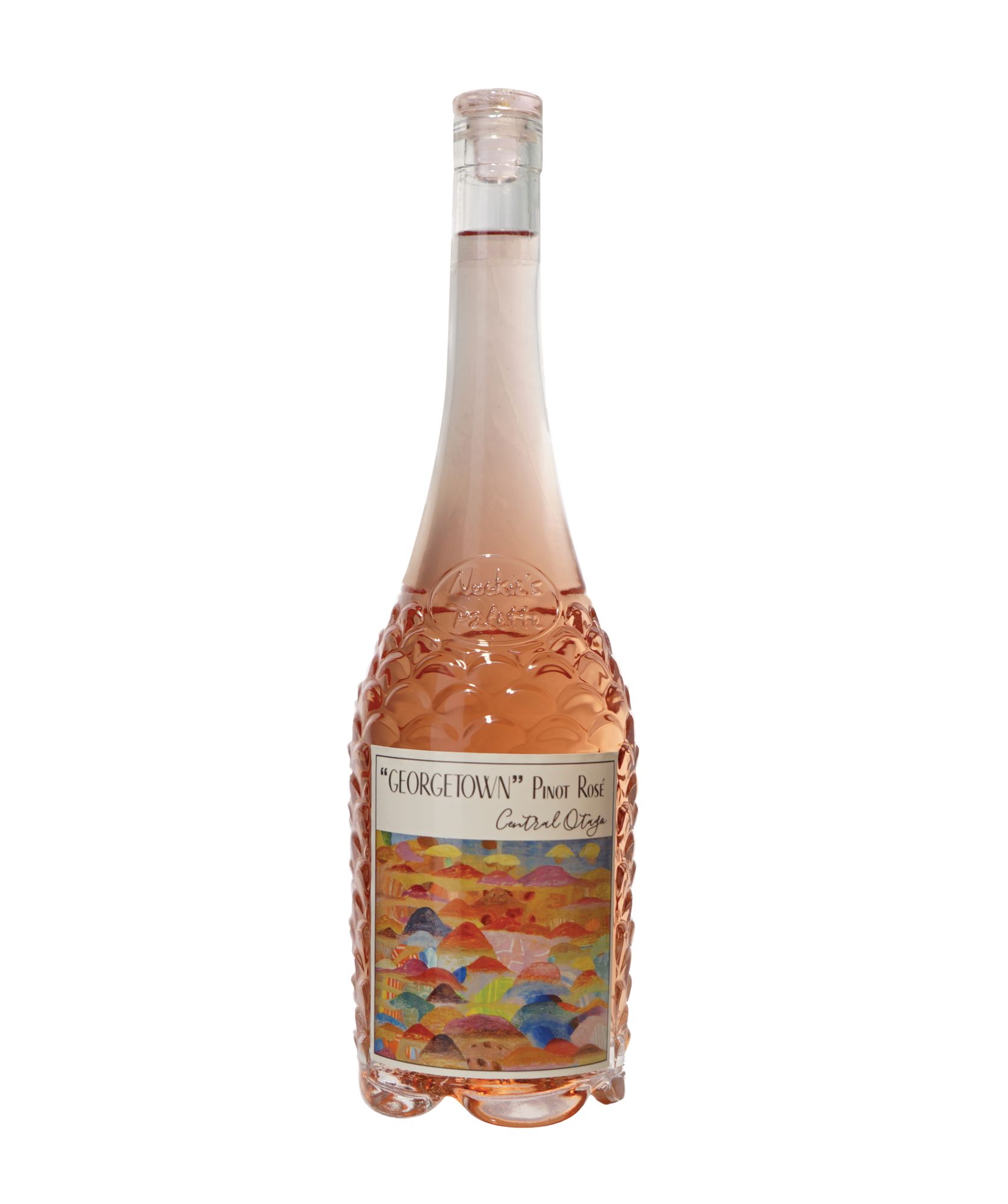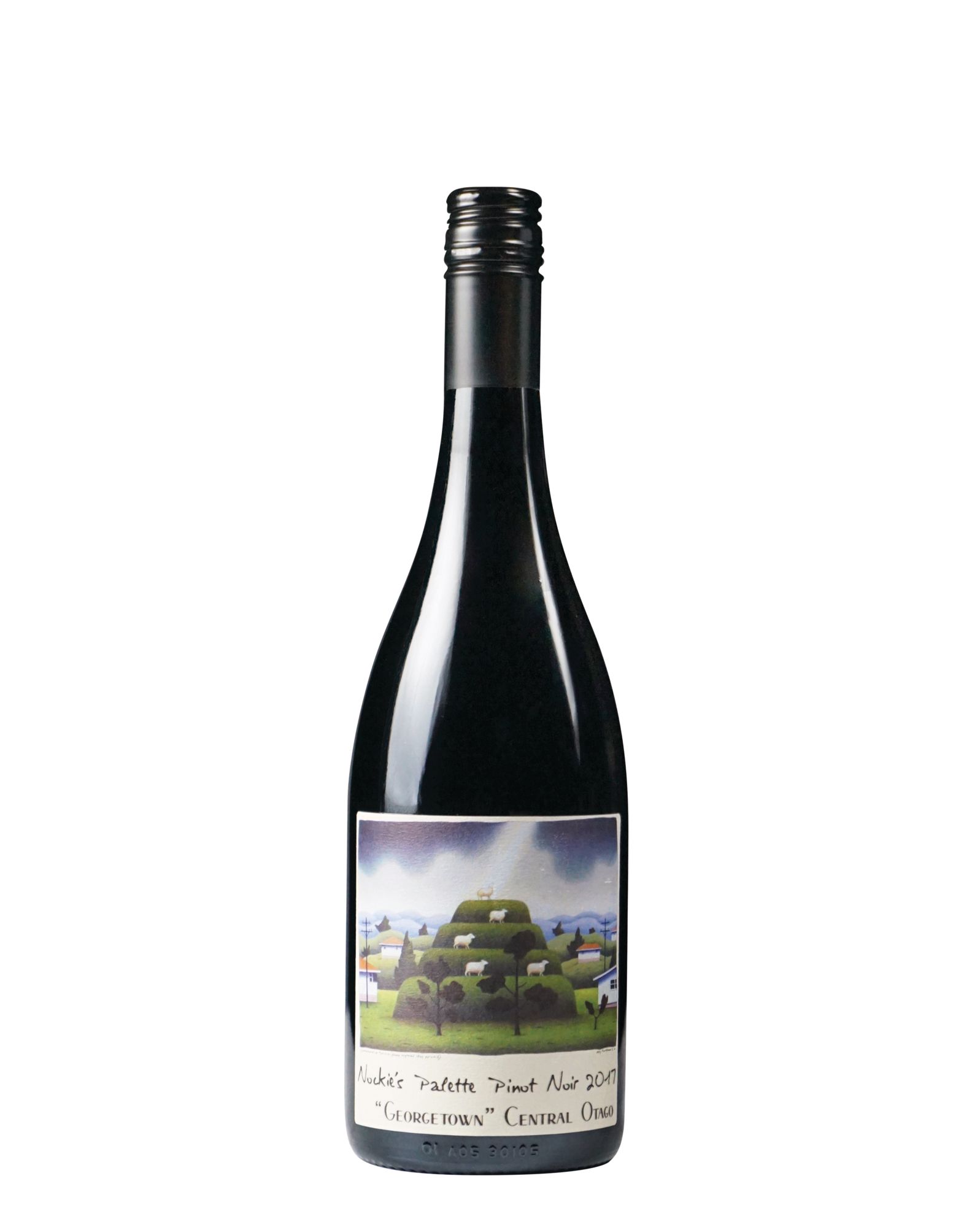Despite the odds of financial ruin, some people just can’t be talked out of buying a vineyard. Our resident wine expert explores what it takes to succeed
Even among the most contented residents of the urban jungle, who has not fantasised about owning a picturesque little patch of land somewhere and dipping a toe in a more pastoral existence? Imagine hand-nurturing a wine from vineyard to bottle, or uncorking a fine vintage from your own winery while surveying friends’ expressions of delight and envy.
Well, dear reader, the hard truth is that many formerly successful professionals who have taken such a plunge now find themselves wondering how they went from making seven-figure salaries to emptying spit buckets for sullen 20-something sommeliers. Enter winemaking at your own risk—you might end up sitting on more than you can drink in 20 lifetimes after a year or two of disappointing sales, or just broke.
Still daydreaming? Fortunately, for those truly committed empire builders, there are several models for how to get your feet wet without necessarily drowning. For first-hand advice from someone with over a decade of experience, I turned to fund manager, painter and art collector Michael Nock, owner of Nockie’s Palette, a vineyard known for its beautiful art labels and diverse styles and origins of wines from Australia and New Zealand.
Nock’s reasons for joining the wine business will sound familiar. Having spent 45 years in finance, he grew frustrated with “not actually making something”, he says. So he decided to get involved in cultivating the land in some form, inspired by his father and grandfather, both of whom were devoted to their rural properties despite being consummate Sydney boys.
However, his experience in finance made him cautious of jumping in boots and all. Having stepped back from hedge fund management after the 2008 financial crisis, he focused on wine. He was lucky enough to have friends in the industry, including in his native Australia. He was told to spend ample time meeting people before even contemplating a first vintage, which he did. Recounting his own experiences, Nock might just have some good advice for you.
See also: The Best Bordeaux 2017 Wines To Try Now, According To Our Resident Wine Expert

Why buy the cow?
Nock’s first creative matchup was John Duval, a veteran of Penfold’s and an independent negociant (a merchant who buys wine or grapes rather than cultivating a vineyard directly). At Duval’s suggestion, Nock opted for an asset-light model: he would purchase fruit from 60-100-year-old vines and leverage Duval’s immense winemaking experience and access to spare tank capacity at local wineries.
Nock found he was able to put his name on about 100 cases of Barossa Valley shiraz without spending a cent on acreage or facilities. In 2010, the shiraz won a platinum ranking at the Decanter World Wine Awards. Using a similar model, he now offers a grenache- shiraz-mourvèdre (GSM) blend from Duval and two chardonnays from Tim Turvey, owner of the prestigious New Zealand winery Clearview.
Nock recommends this path to anyone smitten with the idea of sharing “their wine” with friends. “Most wineries are thrilled to sell 100-200 cases, even if it’s white label. Then you can sit there with 100 cases and show off all you like,” he says. Because he didn’t own vineyards, he could choose to make a vintage only in years that merited it to keep everything premium, which is essential when operating at such a small scale. He admits you do need to pressure your winemaker to ensure the product is differentiated from others they make, but says it’s eminently achievable if you have a clear brand vision.



